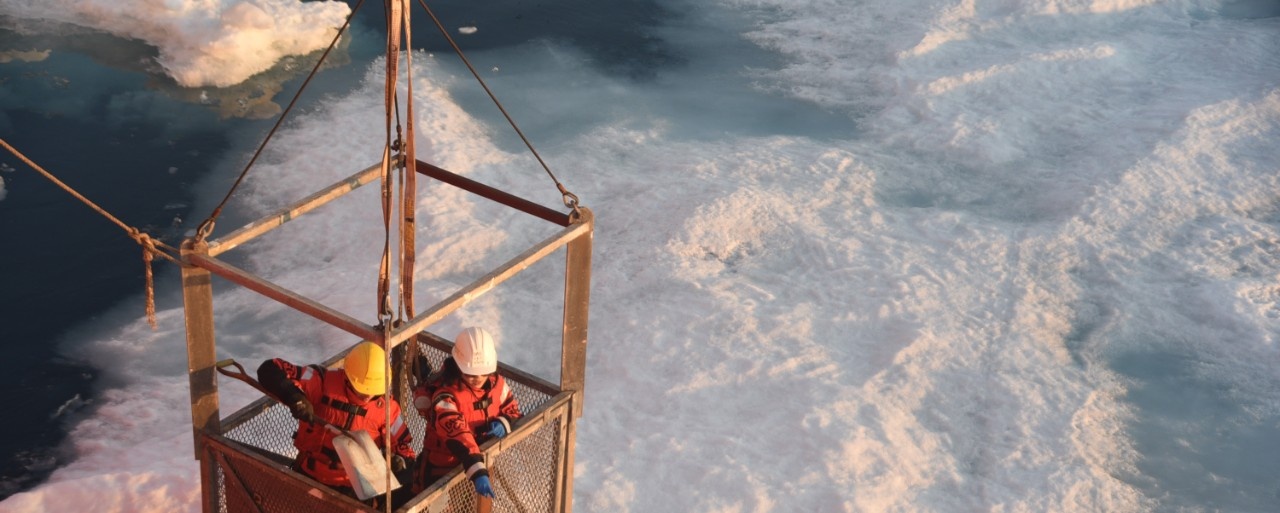Glenn Hart

B.Sc. (Honours) Thesis
Andalusite in the South Mountain Batholith Contact Aureole, Halifax NS: A Tale of Two Isograds
(PDF - 51.1 Mb)
The contact aureole of the South Mountain Batholith cuts the Halifax Formation in the area of the Halifax peninsula. Isograds have been mapped based on outcrops on the Dalhousie University campus, railroad cuts, Point Pleasant Park and scattered outcrops and construction sites throughout the peninsula. Within the study area two lithological units are recognized based on contrasts in lithology, bulk composition and contact metamorphic mineral assemblages. The Cunard member is an aluminous, graphitic black slate with sparse metasiltstone layers and characteristic rusty weathering, which extends from the southeast side of the Dalhousie campus north to the Fairview area. The "Bluestone" member (informal name), which stratigraphically overlies the Cunard member, is a blue-grey slate with abundant metasiltstone layers and local calcareous concretions. It is exposed from the vicinity of Oakland Road to Point Pleasant Park, and underlies the Williams Lake area on the west side of the Northwest Arm. Prior to the intrusion of the South Mountain Batholith, the Halifax Formation was regionally deformed into NE-SW trending upright folding with associated slaty cleavage and a chlorite zone regional metamorphic assemblage. Contact metamorphism overprinted the chlorite zone assemblage and progressively annealed the slaty cleavage proximal to the contact. The outer limit of the aureole, about two kilometers from the contact, is defined by sparse cordierite "spots" in both the Cunard and Bluestone members. The biotite isograd, which is continuous between the Cunard and Bluestone members is marked by nucleation of biotite within the muscovite/chlorite stacks inherited from the regional meteamorphism. Between the biotite-in isograd and the contact, the modal abundances of both cordierite and biotite increase in both units. In contrast, there is a striking difference in the texture and first occurrence of andalusite between the Cunard and Bluestone members. In the Cunard member idioblastic chiastolite appears after cordierite, but before biotite. Its early appearance is attributed to the reaction Pg + Qtz - And + Ab + L. Crystal size and modal abundance increase towards the contact. In the less aluminous Bluestone member andalusite first appears as ovoid xenoblastic aggregates within 300 metres of the contact, probably as a result of the reaction Ms + Crd - And + Bt + Qtz + L. Adjacent to the contact the assemblage And + Crd + Kfs + Bt + Qtz + Sil (Fibrolite) is present in both the Cunard and Bluestone members. ThermoCalc P-T estimates show a pressure of 3.3 kb + 2.2 kb and a temperature of 645oC +- 16oC nearest the contact and 551oC +- 6oC at approximately 2 km from the contact.
Keywords:
Pages: 129
Supervisor: Rebecca A. Jamieson



